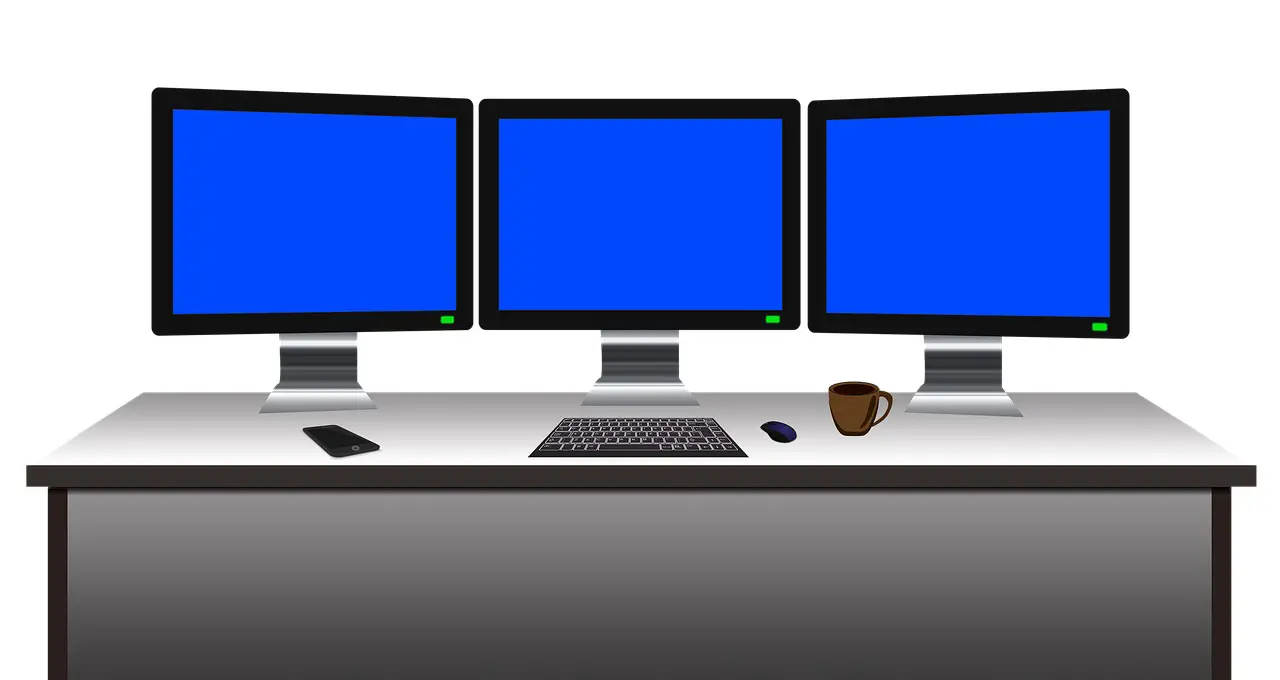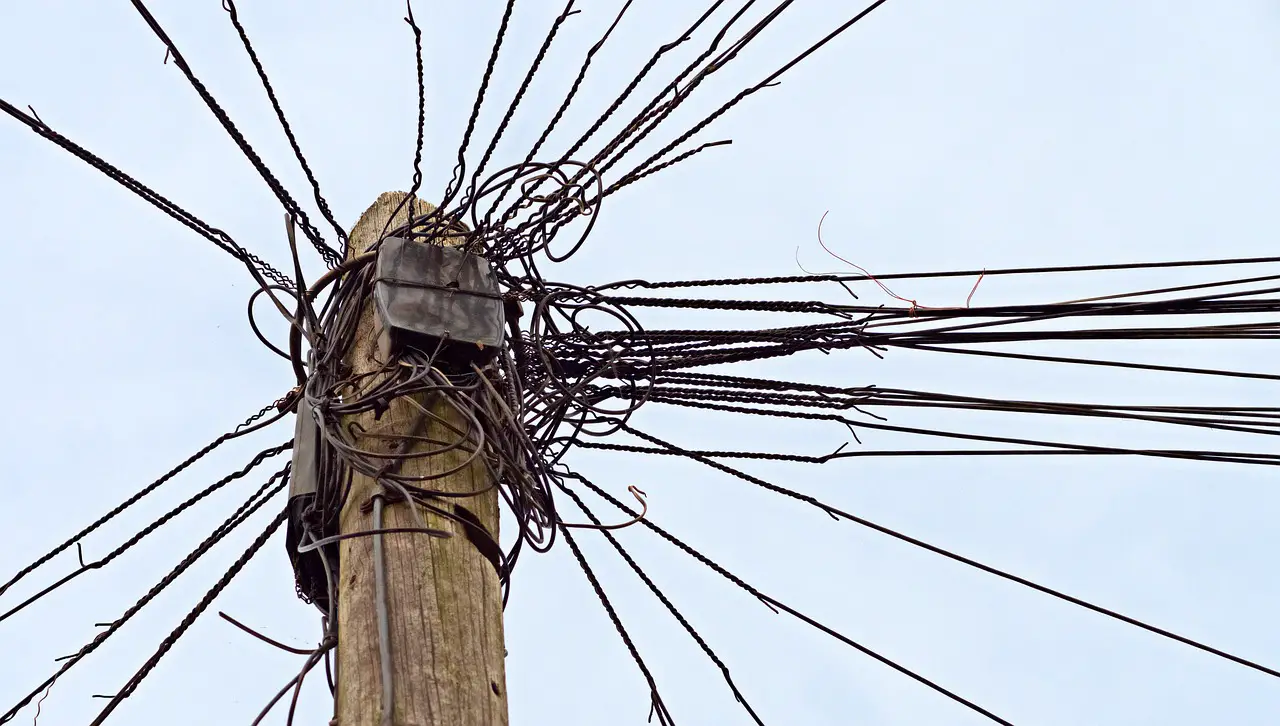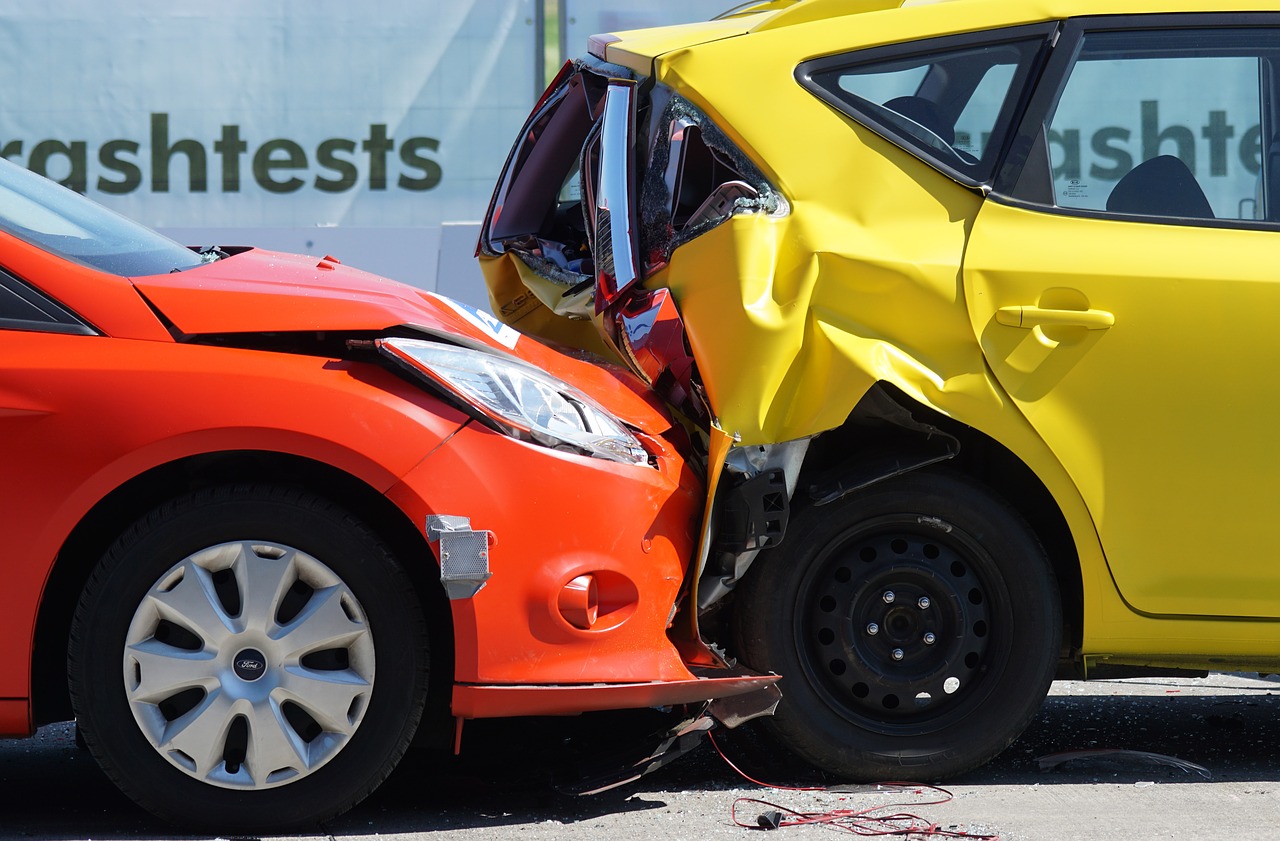
I am not a cardiovascular radiologist by any stretch of the imagination. However, I read lots of cardiac calcium scoring studies. And, a good chunk of the time, when I read these studies, I find all sorts of other issues. It may be a pulmonary nodule, a liver or renal lesion, or an adrenal nodule. Regardless, I see too many of these ancillary findings.
Why do all these incidental findings matter? Well, I have a sneaking suspicion that most of us don’t have a handle on the actual risks to this study. So, my question for today is, do these ancillary issues supersede the potential benefits of getting a cardiac calcium study. What are the complications of receiving this scan? And, what does the current literature say about how these “incidental” findings alter the actual risks of receiving this examination.
Calcium Scoring And Incidental Findings
If you want to read an excellent paper on the topic, look at the AJR article called Incidental Extracardiac Findings at Coronary CT: Clinical and Economic Impact. To summarize, around 43 percent of patients receiving this study had some form of incidental findings. And in 52 percent of these patients, the author deemed these findings significant. So, if we do the math, 22% (0.42 x 0.52= 0.22) of the time we read these studies, we will find a significant incidental finding.
Now, in my experience, this number sounds about right. I find pulmonary nodules and hepatic cysts all the time with an occasional smattering of all other sorts of problems. And, I hate recommending the Fleishner criteria and ultrasounds to follow up these studies. Why? Because I know that they will lead to undue additional radiation, procedures, and other complications that we have not even thought about most of the time. And these issues don’t even include the untold psychological tax for each patient with an incidental finding.
Moreover, other patients may even have higher numbers of incidental findings. Check out this paper on diabetics and incidental findings, and you’ll see what I mean. How do we deal with these subsets of the population getting these studies?
And, then, of course, the number of incidental findings depends on the field of view. Some scans use a wider field of view than others which logically should pick up more incidental findings. I always think that if I had to have this test, I would want to receive one with a smaller field of view to decrease the possibility of the incidental finding!
What Is The Real Complication Rate Of Incidental Findings?
At this point, my research on this topic gets a little bit dicey. Unfortunately, I have not found quality information that reports on the actual complications of incidental findings of a relatively healthy person that receives a Cardiac Calcium Scoring CT scan.
Instead, I find myself having to turn to personal stories of relatively healthy patients that had issues with some of these incidental findings. I know one relatively young patient with a remote history of non-metastatic superficial melanoma who had multiple pulmonary nodules. The interpreting radiologist read them as significant enough to be suspicious for malignancy. The patient felt fine, but the surgeon wanted a VATS. Fortunately, the patient’s doctor canceled the surgery and allowed the patient to follow up with serial short-term chest CT scans. The nodules turned out benign!
Or, I think about a breast nodule that a radiologist found that turned out to be a small benign fibroadenoma. The patient had a significant workup with a slightly complicated course of bleeding. It may have gone unnoticed if not for the calcium scoring CT scan.
I am sure these individual cases are just the tip of the proverbial iceberg. Now, you may point out that we do find all sorts of lung cancers, metastatic disease, cirrhosis, and other diseases that may have some benefit of making findings early on a calcium-scoring CT scan. And, I can give you a few of those stories as well. However, these tend to be in a sicker population. Moreover, from my experience, these are a significant minority of cases compared to the world of the benign incidental findings on a Calcium scoring CT scan.
What Do You Say To Colleagues And Patients That Want To Get A Calcium Scoring Study?
Because the hardcore truth about complications and Calcium scoring is not out there yet, here is what I tend to tell relatively healthy patients. First, make sure that you have the risk factors to support receiving this test. As I described above, the complications are not benign. Second, if you think it is worthwhile and will change medical management, make sure to find an institution that uses a small field of view that encompasses less adjacent anatomy. There are many different protocols so that they can make a difference. And, then finally, if the radiologist discovers an incidental finding unless it is glaringly problematic, make sure to take a conservative approach if reasonably possible.
If you receive the test, we can’t undo the incidental finding. But, at least, you are aware of some of its risks and can mitigate some of the problems you may encounter!
















